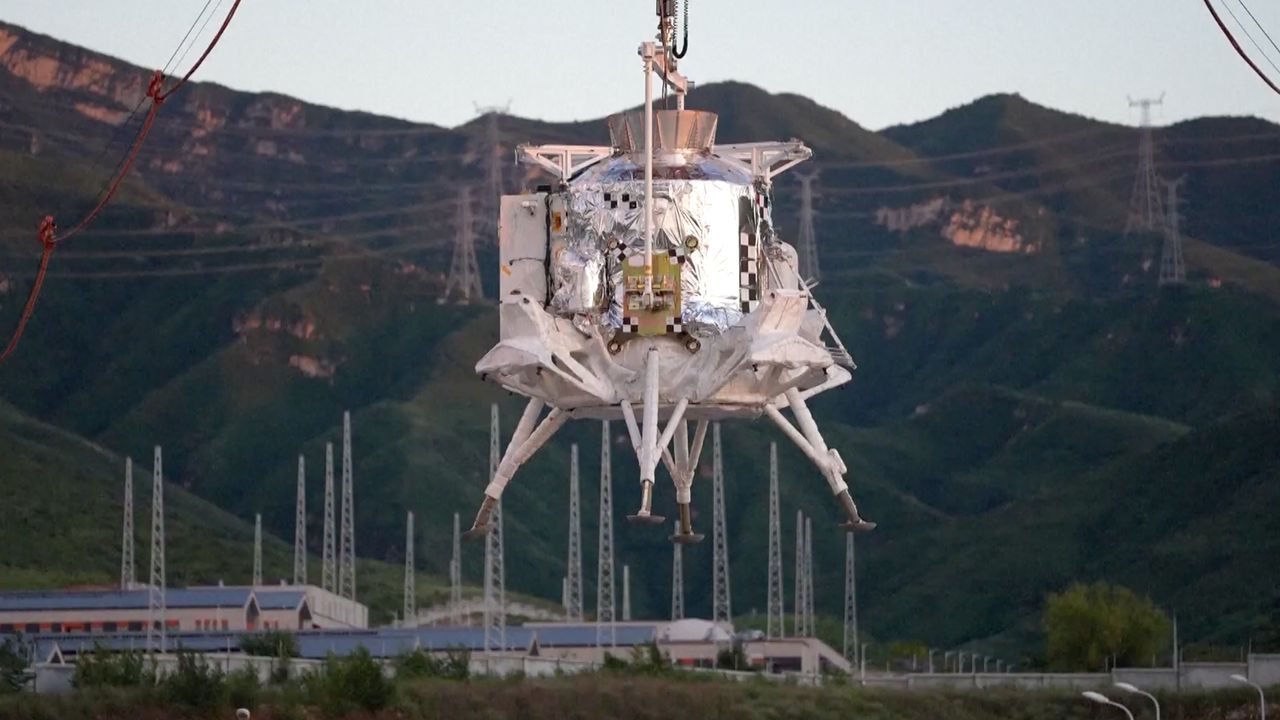China has made significant progress in its quest to send astronauts to the moon by successfully testing its two-person lunar lander, known as Lanyue. The tests, conducted in Huailai County, Hebei Province, on August 6, 2023, involved comprehensive landing and takeoff verification, marking a pivotal moment in the nation’s human lunar exploration program.
This testing represents the first time China has conducted a trial for the off-Earth landing and ascent of a crew-carrying spacecraft, according to the China Manned Space Agency (CMSA). The successful execution of these tests not only evaluates the lander’s performance but also prepares for the challenges of lunar exploration.
Huang Zhen from the China Aerospace Science and Technology Corporation (CASC) explained the complexity of the tests. “During the launch phase, we need to verify its launch payload. We conducted large-scale mechanical tests to ensure a smooth transition in the extremely complex environment during the launch,” he stated in an interview with state broadcaster China Central Television (CCTV).
Focus on Safety and Performance
Safety remains a top priority for the Lanyue lander, which is designed to carry two astronauts to the moon’s surface while also transporting scientific payloads and a lunar rover. “The lander has multiple engines arranged in a redundant configuration to back up each other. If any single engine fails, the remaining engines can safely bring the astronauts back to lunar orbit,” Huang added.
During the recent test, Lanyue’s engines were ignited to simulate a lunar landing and subsequent takeoff. This validation process encompassed several critical systems, including the lander’s landing and takeoff controls, shutdown procedures, and the compatibility of guidance, navigation, and propulsion subsystems. CCTV reported that the tests were crucial for ensuring the lander’s readiness for future missions.
The design of Lanyue presents significant challenges due to its multifunctional requirements. “Every bit of weight has to play a role in several functions, so we have to achieve the ultimate in integrated design and lightweight construction,” Huang explained. The lander features four legs engineered for optimal cushioning during landing, ensuring a safe and comfortable experience for astronauts.
Advancing Towards a Historic Mission
As China prepares for its first human lunar exploration mission, projected for before 2030, the successful testing of the Lanyue lander is a crucial step toward achieving this ambitious goal. The nation’s space program has made rapid advancements in recent years, and the Lanyue lander is a testament to its engineering capabilities and commitment to lunar exploration.
With each successful test, China is moving closer to establishing a human presence on the moon, which would further enhance its status in the global space race. The upcoming mission is expected to pave the way for future exploration and scientific research on the lunar surface.
The journey to the moon is fraught with challenges, but as demonstrated by the recent tests, China is well on its way to making its lunar ambitions a reality.
